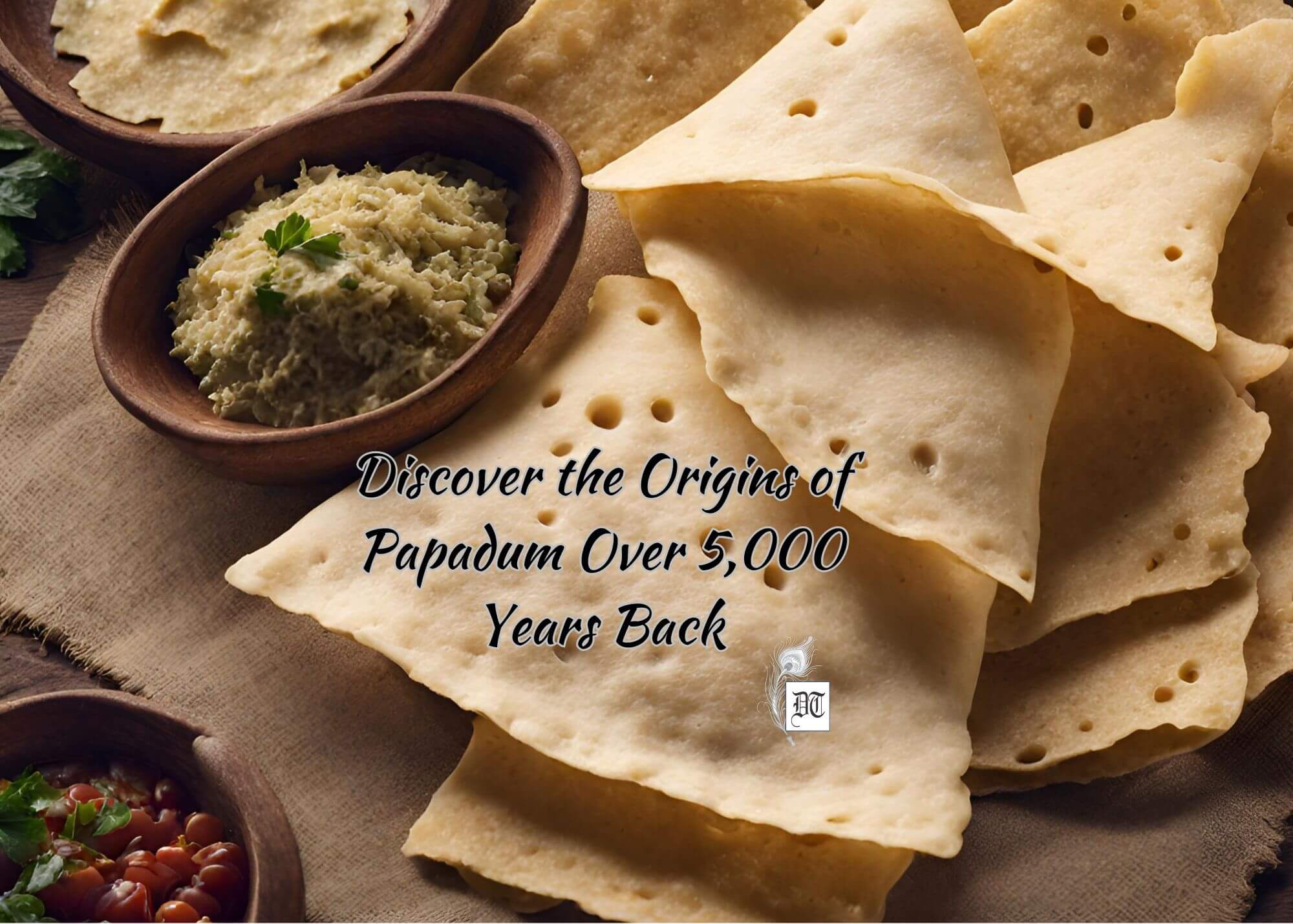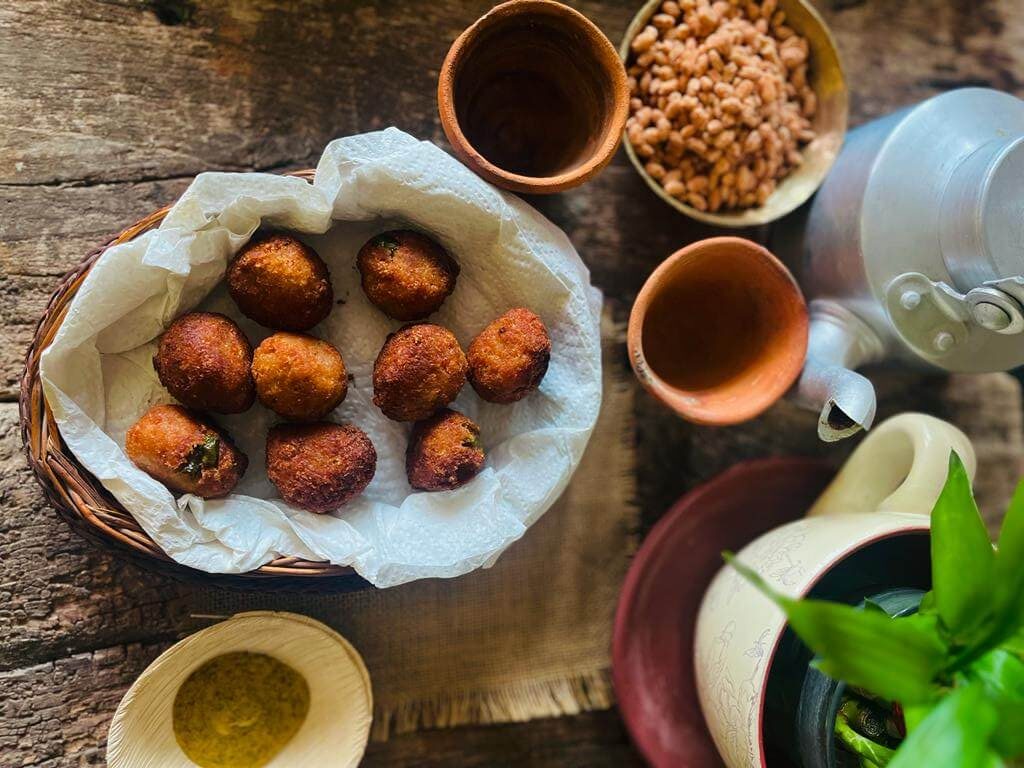Dating back to the 10th century or even earlier, coffee has legends and stories galore surrounding its origin. The undomesticated nativity of coffee seems to be of Ethiopia. Evidence of drinking coffee dates back to 15th century in the Sufi monasteries of Yemen. By the 16th century, this wonder drink had reached Coorg in South India, Turkey, Persia, Middle East, North Africa and Horn of Africa. Later, it travelled to Italy and all of Europe and America. Lily tells us the many tales and travels of coffee, in the weekly column, exclusively in Different Truths.
The aroma hits the nostrils long before the mug reaches your expectant hands. Cof fee, the dark witch that enraptures many and enslaves most in her wake. I was delighted to see that the coffee plant has a white blossom that smells like jasmine and a red cherry type of fruit. A train ride through the picturesque Araku Valley in Andhra Pradesh showed me acres of undulating land covered with coffee plantations. A sight for sore eyes.
fee, the dark witch that enraptures many and enslaves most in her wake. I was delighted to see that the coffee plant has a white blossom that smells like jasmine and a red cherry type of fruit. A train ride through the picturesque Araku Valley in Andhra Pradesh showed me acres of undulating land covered with coffee plantations. A sight for sore eyes.
Dating back to the 10th century or even earlier, coffee has legends and stories galore surrounding its origin. The undomesticated nativity of coffee seems to be of Ethiopia. Evidence of drinking coffee dates back to 15th century in the Sufi monasteries of Yemen. By the 16th century, this wonder drink had reached Coorg in South India, Turkey, Persia, Middle East, North Africa and Horn of Africa. Later, it travelled to Italy and all of Europe and America.
Among the legendary accounts of the drink’s origin, one tells about the Yemenite Sufi mystic Ghothul Akbar Nooruddin Abu al-Hasan al Shadhili. During his travels in Ethiopia, it is believed that he observed birds with strangely unusual vitality. He experienced similar vigour after trying out those berries himself.
Another account chronicled in an ancient manuscript Abd Al Kadir tells about Omar who was once exiled from Mocha to a desert cave near Ousab. Omar chewed berries from a nearby shrubbery as he was starving. Finding them bitter, he tried roasting the beans to make them tastier. Instead, they became hard. Later, on boiling the seeds to soften them, he got a fragrant brown liquid. After consuming this fluid Omar felt revitalised and stayed alive for days. When stories of the miracle drug reached Mocha, Omar was called back and made a saint.
One more account that is equally absorbing involves a 9th-century goat- herder, Kaldi, who noticing the shot of energy that his flock experienced after nibbling on some bright red berries tasted some himself. Kaldi felt exhilarated after chewing the berries so he took them to a monk in a nearby monastery. The monk disapproving of its use flung the berries into the fire. An enchanting aroma wafted in the room making the other monks rush to investigate. The roasted beans were raked out, ground and blended in hot water. This probably yielded the first cup of hot coffee ever.
This story of coffee saw the light of day in writing in 1671 which was 800 years after it supposedly happened so it might be of doubtful authenticity.
By 1414 coffee was known in Mecca and in the 1500s spread to Mameluke Sultanate of Egypt and North Africa from Mocha port in Yemen.Numerous coffee houses came up in Cairo around the religious university of Azhar. Coffee houses also cropped up in Syria, Aleppo and next in Istanbul.
Coffee was forbidden due to its stimulating effect by conservative imams at a theological court in Mecca. Afterward, an order by a Turkish Ottoman Sultan had a fatwa issued allowing coffee to be allowed. The Ethiopian Orthodox Church also banned coffee before 18th century sometime.With the passing of time views softened. People started saying that it drove away fatigue and lethargy and brought vigour and sprightliness to the body.
Even though it is flogged for its addictive traits, coffee makes one chatty, sociable and brighter. The ironical property of coffee is that it makes people think. Coffee houses are egalitarian places where people come together. Therefore, it is widely known that the French Revolution band the American Revolution were both planned in coffeehouses. The other thing was that the same coffee which was fuelling the French Revolution was also being produced by slaves from Africa who had been transported to Haiti. Some writers feel that years of European colonial history gave us global inequality, on one hand, but a Starbucks on every corner, on the other hand.
As with Muslim societies in Arabia. Coffee was also met with resistance by Christian scholars in Europe. It is said that before making a decision to ban coffee Pope Clement VIII sampled it himself. After a sip, he decided that if coffee were from the devil then he would baptize the coffee and make it a truly Christian beverage.
is said that before making a decision to ban coffee Pope Clement VIII sampled it himself. After a sip, he decided that if coffee were from the devil then he would baptize the coffee and make it a truly Christian beverage.
The Mocha Java blend of coffee became popular as the Dutch succeeded in growing coffee in Sri Lanka and Java,
Well, it amuses me, an ardent coffee lover to know that it is the second most traded commodity on earth.Did you know that the Italian name Espresso means ‘ when something is forced out?” It i s also interesting to learn that there are two types of coffee beans Arabica and Robusta and that it was the first food to be freeze dried. The majority of coffee is still produced in Brazil.
s also interesting to learn that there are two types of coffee beans Arabica and Robusta and that it was the first food to be freeze dried. The majority of coffee is still produced in Brazil.
Lovers and friends will keep looking into each other’s eyes over the much-adored cup of coffee. Cafes and Lounges with ridiculously priced coffee will keep mushrooming in sophisticated settings for the youth and the smell of the freshly ground filter coffee in my Tamilian friend’s home will still entice and lure me repeatedly.
Happy sipping your favourite Cappuccino or Americano or your simple homemade cold coffee with a spoonful of ice cream.Perhaps you remember beating up your coffee powder and sugar into a creamy froth? To each his own then. I am indebted to coffee for keeping me awake at nights to learn up for my examinations for many studious years.
©Lily Swarn
Photos from the Net.
#HistoryAndMystryOfFood #Coffee #HistoryOfCoffee #TypeOfCoffee #BenefitsOfCoffee #FlavourOfCoffee #DifferentTruths








 By
By

